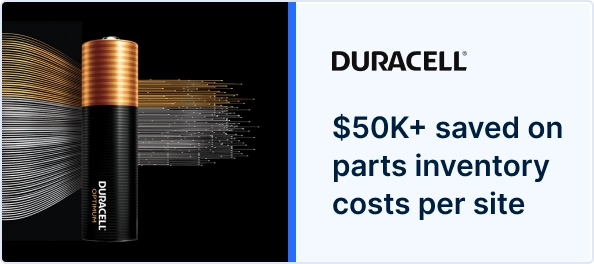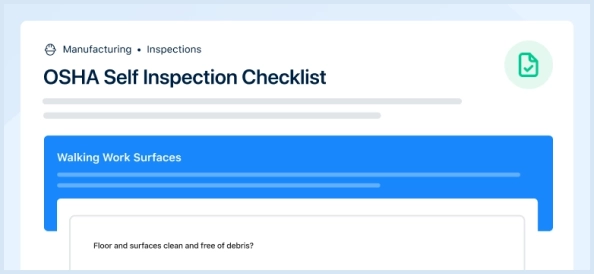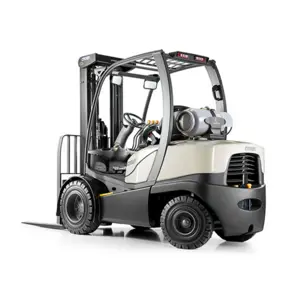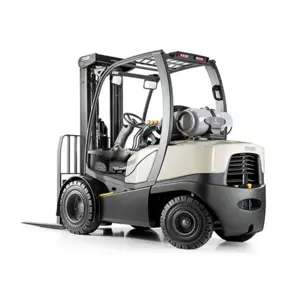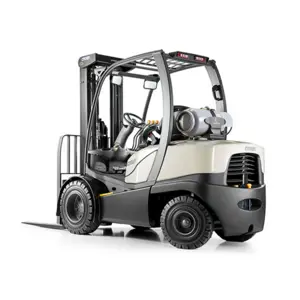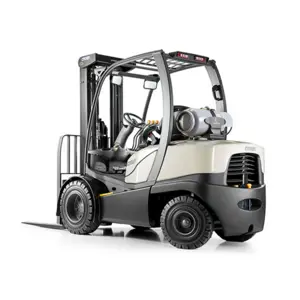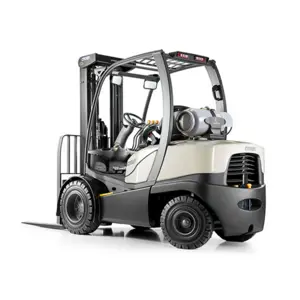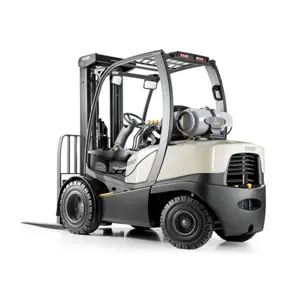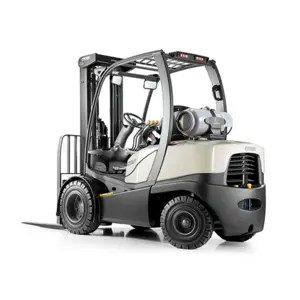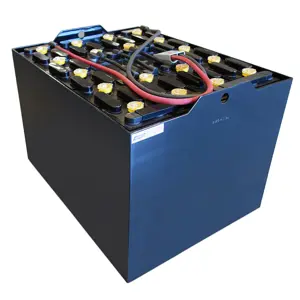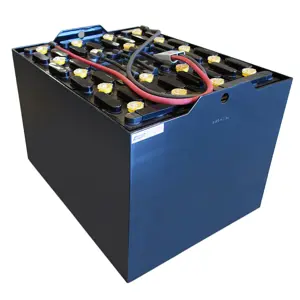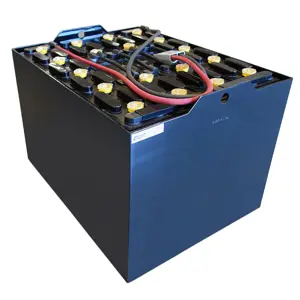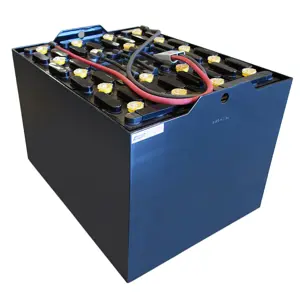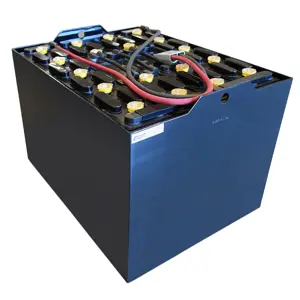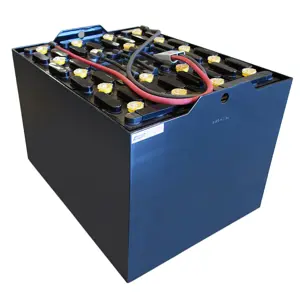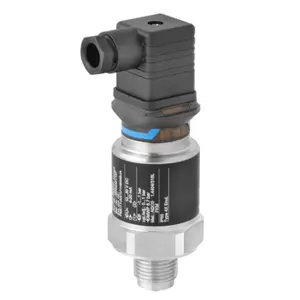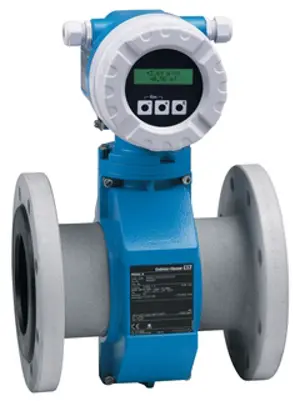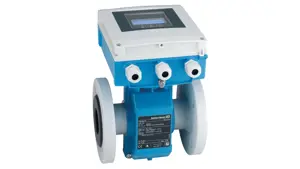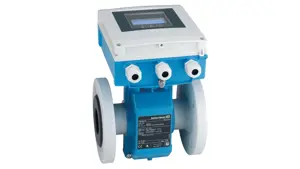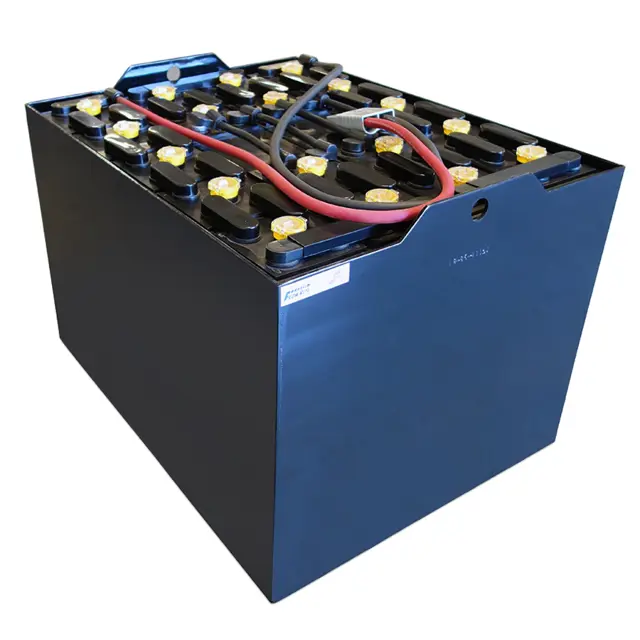

The Crown Battery 12C85-13 is a high-performance industrial battery designed for reliable energy storage and efficient power delivery. Known for its durability and longevity, this model is ideal for various applications, ensuring optimal performance in demanding environments. Trust Crown Battery for your energy solutions.
Turn manuals into instant answers
with your AI-powered assistantTurn manuals into instant answers
with your AI-powered assistant
Manual for Crown Battery 12C85-13
Complete asset maintenance, one click away
Get instant access to all the maintenance information you need. Empower technicians to perform preventive maintenance with asset packages, ready to use right out of the box.
Documents & Manuals
Find all the essential guides in one place.
Tensioning Guide
Belt-diagram
C-120 pulleys
+ 13 more
Work Order Templates
Pre-built workflows to keep your asset running smoothly.
Daily Electrical System Inspection
Replace Roller and Pulley
Install Engine B-120
+ 29 more
Procedures
Integrate maintenance plans directly into your work orders.
Motion Industries
Applied Industrial Technologies
Electrical Brothers
+ 5 more
Parts
Access the parts list for your equipment in MaintainX.
Drive Motor
B2 Rollers
Tensioning System
+ 40 more

Crown Battery 12C85-13
Create an account to install this asset package.
Maintenance Plans for Crown Battery Model 12C85-13
Integrate maintenance plans directly into your work orders in MaintainX.
2 Monthly Battery Maintenance
- Equalizing Charge:
Each cell of a battery has slight differences in uniformity of construction and content. These differences cause some cells to take less charge than the other cells in the battery. After a while the state of charge of the cells, which require more charge than the others will drift back in capacity and the battery will not deliver its full capacity
To bring the cells with a lower state of charge up to the same level as the others, the battery is given an "equalizing charge". The cells with a higher state of charge will be somewhat overcharged in order to bring the cells with a below normal state of charge up to full charge
The recommended frequency of equalization is dependent upon how often the batteries are cycled and the depth of the cycles. The frequency of equalization can dramatically affect the operational costs of the vehicle
Unnecessary equalizing charges, in addition to consuming electricity, can result in significant loss of battery life caused by overcharge. The following examples will give you a good idea of a reasonable battery-equalizing schedule for a specific battery operation
1. For batteries that are cycled only once or twice a week to an average depth of 30%-60%, a monthly equalizing charge is sufficient to keep them fully charged
2. Batteries that are discharged regularly- three or more cycles per week and to an average discharge depth of 60%-80% of their rating- can be kept healthy by equalizing them every two months
3. Batteries that are cycled four to eight times a month at any dept require equalizing about every month to keep them in a healthy condition
4. Batteries that are cycled five or more times a week at an average discharge of 60%‐80% may not need equalizing charges unless stored;
Battery Repair
CAUTION: ONLY EXPERIENCED PERSONNEL SHOULD ATTEMPT BATTERY REPAIRS! ALWAYS WEAR SAFETY GLASSES AND A FACE SHIELD WHEN WORKING ON OR NEAR BATTERIES
Battery age in years
Battery cycle life
Cost of repair
Cost of replacement
Decision
If you don't have an experienced battery repair person, send the battery to your nearest authorized Crown Battery repair facility or arrange to have a Crown Battery service technician perform the repairs at your plant site
BEFORE PERFORMING ANY REPAIRS, REMOVE THE BATTERY FROM THE LIFT TRUCK.
Upload a photo of the battery
Battery Maintenance
Battery properly charged
Water added as needed
Battery cleaned as required
Effective Battery Maintenance
Proper electrolyte level maintained
Charger controls and instruments checked periodically
Any damage repaired promptly
Battery not overcharged
Battery not discharged over 80% state of charge
4 Yearly Battery Replacement
Warning: Battery replacement should be done by trained personnel only!
Old battery removed successfully?
New battery installed successfully?
Enter the voltage reading of the new battery
Sign off on the battery replacement
Battery Test
- Test batteries using three testing instruments
1. voltmeter
2. hydrometer
3. thermometer
- The specific gravity and open circuit voltage readings are normally in direct proportion to each other; consequently, a voltmeter or hydrometer can be used to check the battery
- The use of the voltmeter is a faster method of approximating the individual cell state of charge and can reduce dramatically the time required for routine battery checking. When using the voltmeter method, take specific gravity readings on the two cells having the highest and lowest voltage readings
- This will confirm both cells state of charge and accurately pinpoint the difference in the state of charge between them. The voltmeter is used when on‐charge or on‐discharge voltage readings are needed
- A battery thermometer is read like a normal thermometer. A proper thermometer should have specific gravity correction marked on its scale
- The hydrometer has an extra‐long scale to make readings more accurate. For ease of correcting for temperature, the specific gravity corrections are marked on the scale of the thermometer. The cell tester (voltmeter) has a 1.5 to 3.0 volt scale and an easy‐to‐handle, one‐piece terminal probe;
Unlock efficiency
with MaintainX CoPilot
MaintainX CoPilot is your expert colleague, on call 24/7, helping your team find the answers they need to keep equipment running.
Reduce Unplanned Downtime
Ensure your team follows consistent procedures to minimize equipment failures and costly delays.
Maximize Asset Availability
Keep your assets running longer and more reliably, with standardized maintenance workflows from OEM manuals.
Lower Maintenance Costs
Turn any technician into an expert to streamline operations, maintain more assets, and reduce overall costs.
Thousands of companies manage their assets with MaintainX
















